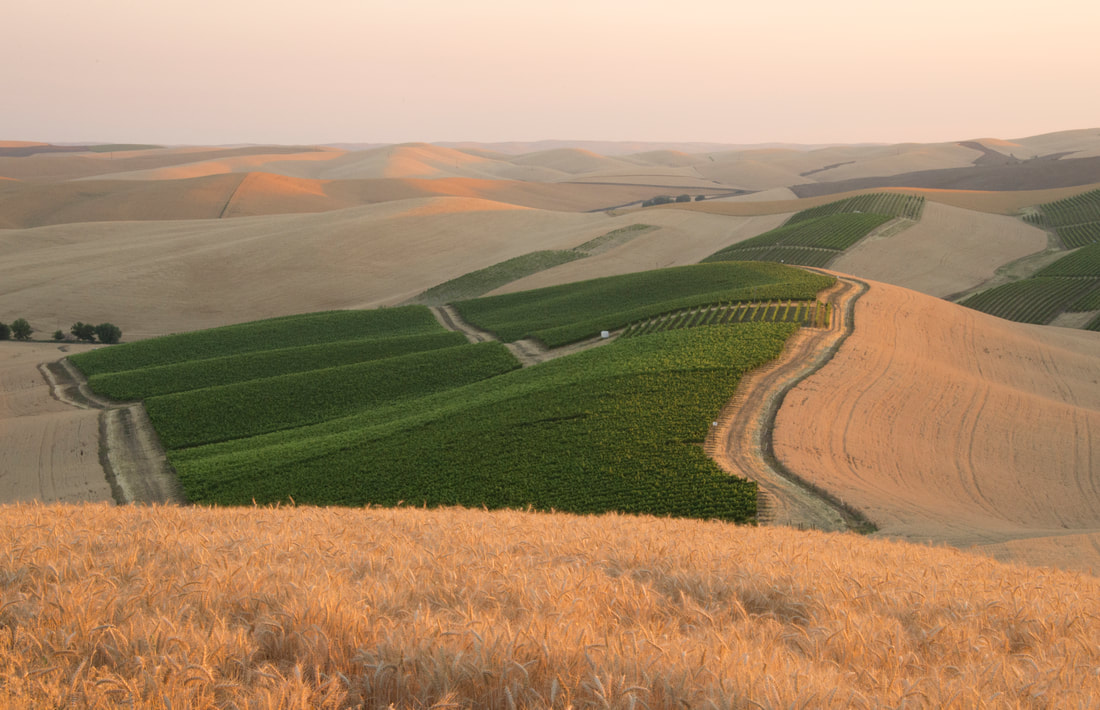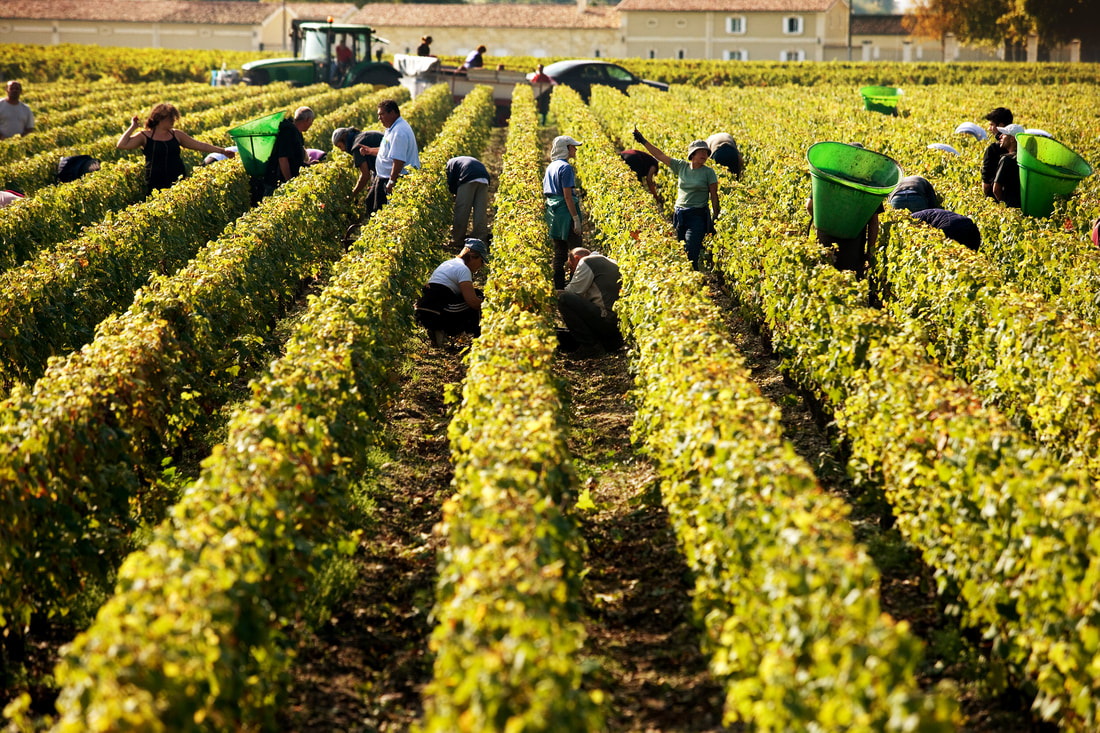Merlot
Merlot is the world’s second most planted grape. In single varietal wine, Merlot is valued for its ripeness and smooth mouthfeel. In blends, it is a popular pairing partner for the world’s most planted grape, Cabernet Sauvignon, as it helps to deintensify tannins. Compared to Cabernet Sauvignon, it is more approachable when young.
Common Synonyms:
- None


